Search
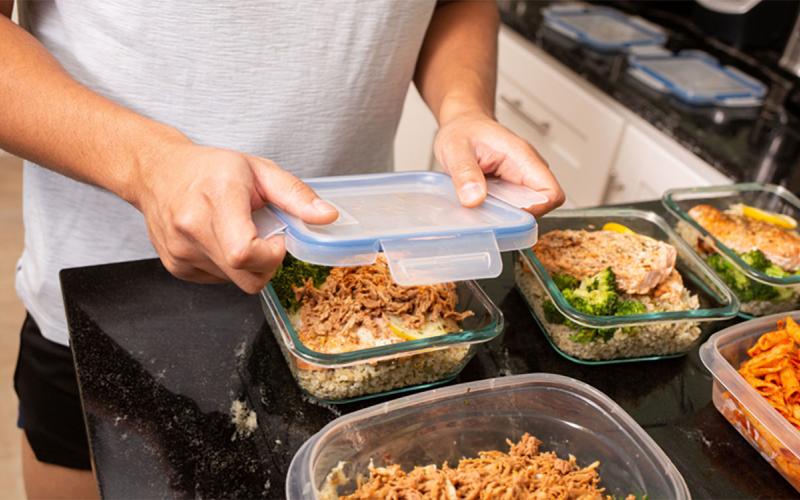
Batch Cooking With Protein
Batch cooking is the practice of cooking large amounts of food and keeping some for later meals. Ground and pulled meat and poultry, such as pork, chicken, turkey, beef, or bison are excellent options for batch cooking!

Diabetes and COVID-19
If you are at higher risk of contracting COVID-19, it is important to take actions to reduce your chance of getting sick. Those at higher risk, including older adults and people who have serious chronic medical conditions like heart disease, diabetes, and lung disease, are encouraged to get ready now!
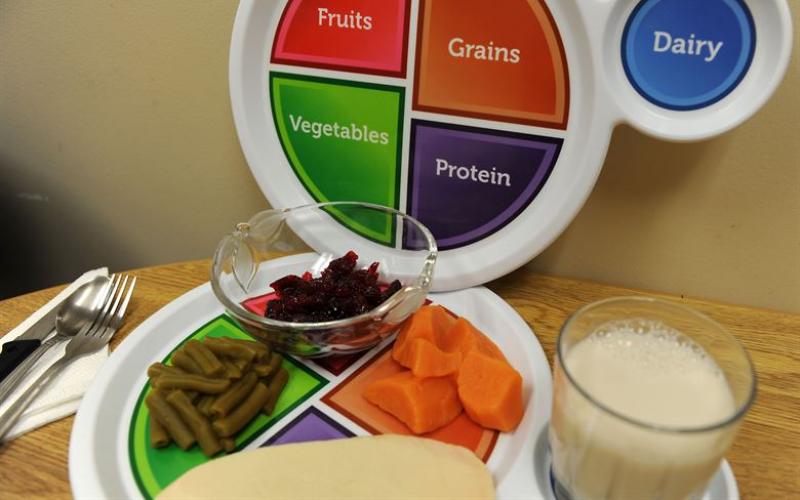
Portion Size: What It Means
Bigger is better, right? No, not necessarily, especially when discussing portions of your food.

Keep Moving This Holiday Season
As we transition into the busy holiday season, it can be challenging to stay active. However, staying physically active during the winter months is just as important as any other time of the year.
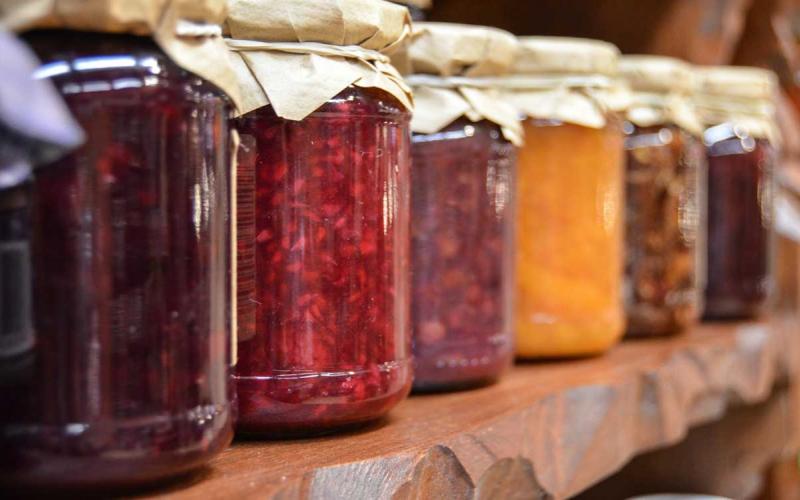
Canning Jams and Jellies
Sweet fruit products like jelly, jam, preserves, conserves and marmalades are jellied or thickened and preserved by sugar. The differences between the fruit products are categorized by the way they are prepared, proportions of fruit, pectin, acid and sugar in the mixture and the method of cooking.
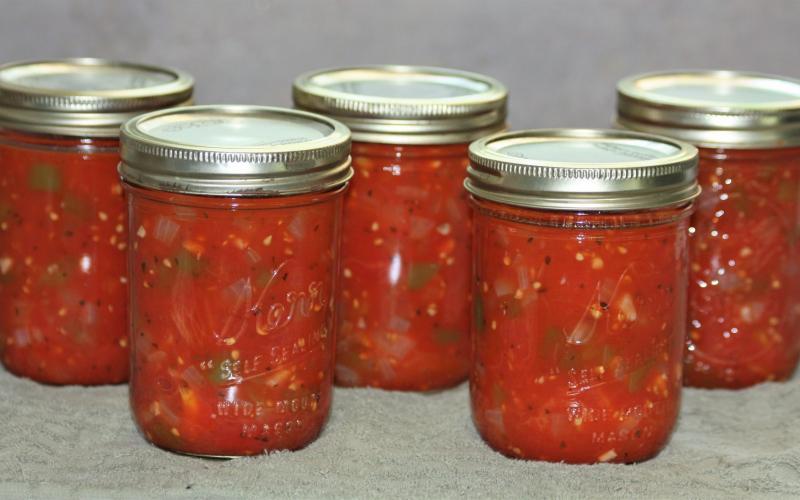
Food Safety Product Evaluation Request Form
Form to request a Food Safety Product Evaluation
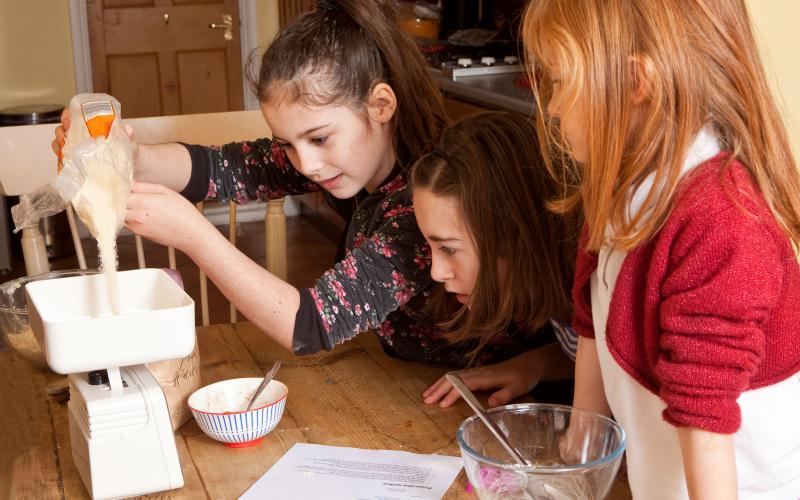
Teaching Math and Science in the Kitchen: 24 Ideas
Children can learn valuable skills in the kitchen: measuring ingredients, following a recipes, and much more. Have you ever considered that these skills double as math and science skills?
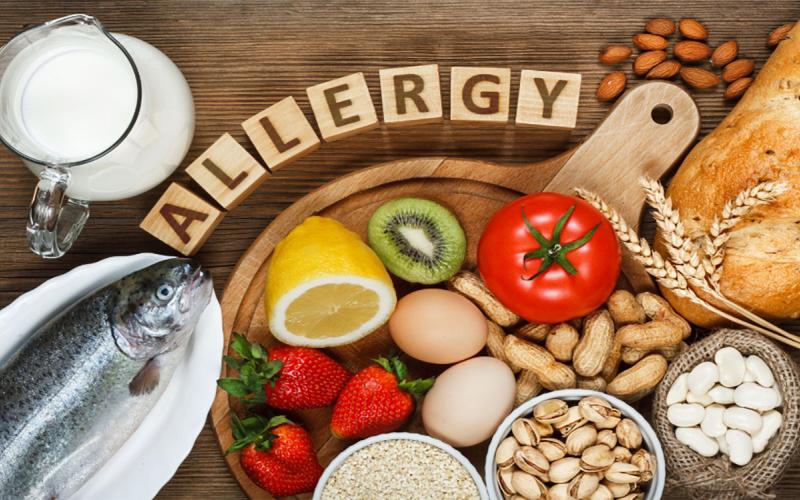
Food Allergens
In the United States, about 8% of children and 10% of adults are affected by a food allergy. Learn about some of the most-common food allergens along with some expert tips for managing them.

Healthy Beverage Guidelines for Infants to Five Years
Research shows that what children drink has a big impact on their health—both now and for years to come. Learn some age-based beverage recommendations from the nation’s leading health organizations.

Healthy Aging in Midlife: Is Midlife Crisis Real?
Midlife can be defined as a pivotal time in life where changes occur related to physical health, cognitive functioning, and well-being.